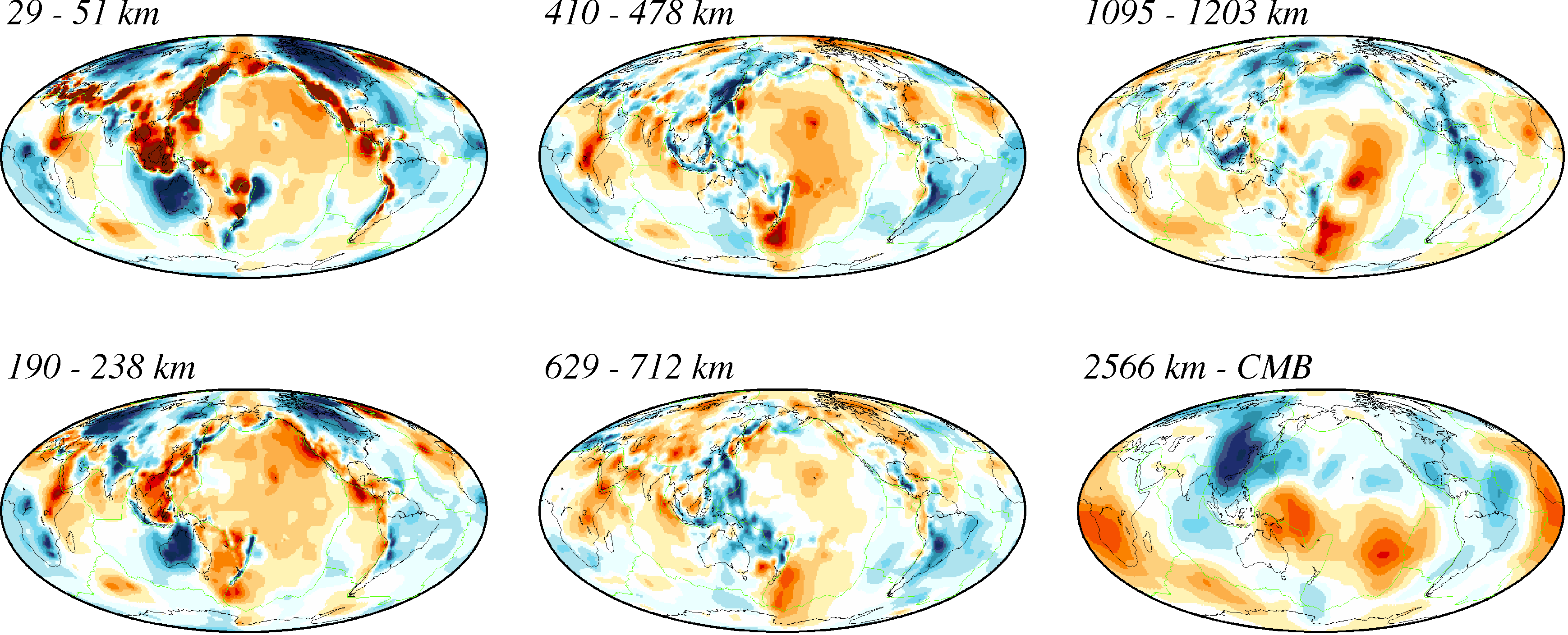GAP_P4 [Obayashi et al.(2013), Fukao and Obayashi (2013)] is our latest whole mantle P wave tomographic model. We used two data groups; short-period data of more than 10 million picked-up onset times and long-period data of more than 20 thousand differential travel times measured by waveform cross correlation. (Our own traveltime data is partialy open to the public on the web site.) Finite frequency kernels were calculated at the corresponding frequency bands for both long- and short-period data. With respect to an earlier model GAP_P2, we find important improvements especially in the transition zone and uppermost lower mantle beneath the South China Sea and the southern Philippine Sea owing to broadband ocean bottom seismometers (BBOBSs) deployed in the western Pacific Ocean where station coverage is poor. This new model is different from a model in which the full data set is interpreted with classical ray theory. BBOBS observations should be more useful to sharpen images of subducted slabs than expected from simple raypath coverage arguments.
References
| Obayashi, M., Yoshimitsu, J., Nolet, G., et al. (2013). Finite frequency whole mantle P wave tomography: Improvement of subducted slab images. Geophysical Research Letters 40: 5652-5657. (doi: 10.1002/2013GL057401) |
|---|
| Fukao, Y., and Obayashi, M. (2013). Subducted slabs stagnant above, penetrating through, and trapped below the 660 km discontinuity. Journal of Geophysical Research, 118: 5920-5938. (doi: 10.1002/2013JB010466) |
Data download
Map View
29-238km
238-800km
800-1688km
1688km-CMB
Cross section
Individual cross sections in Fukao & Obayashi 2013, JGR
Data Policy
